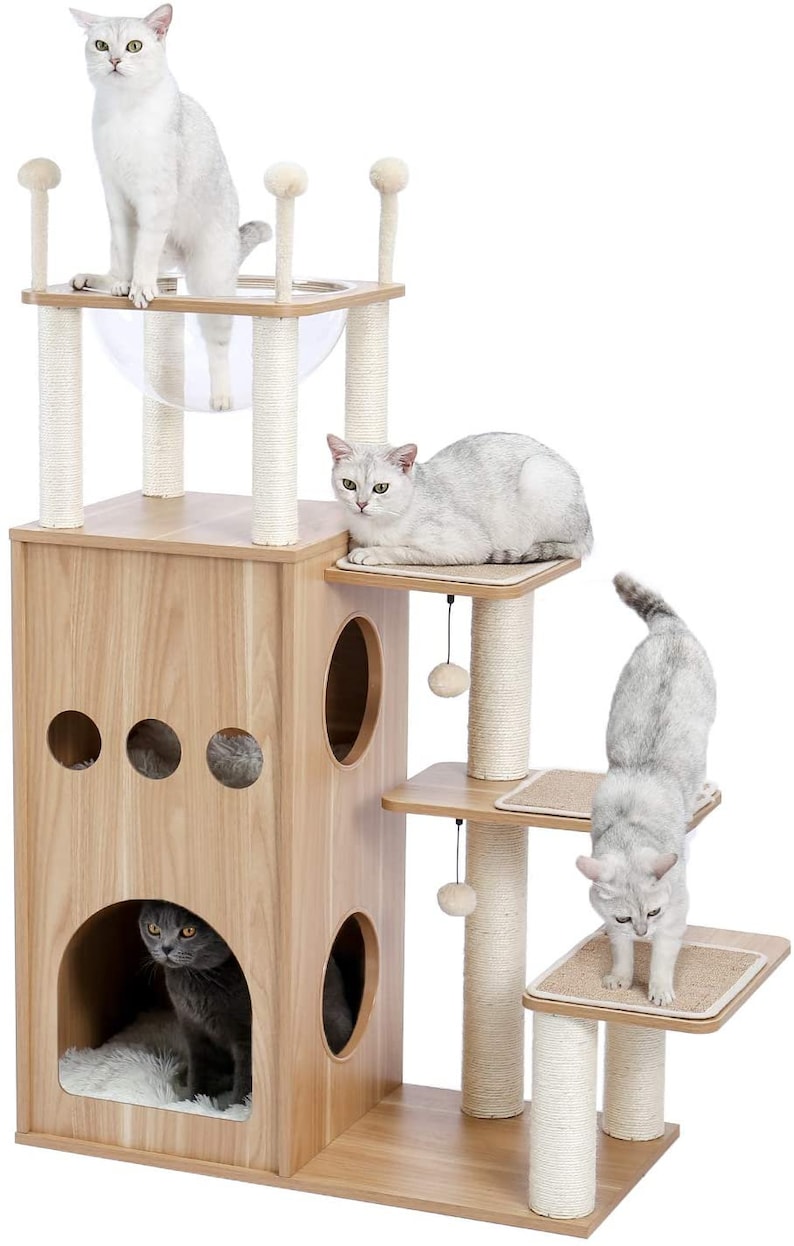Comparing the Costs: A Breakdown of Cat Litter Costs
Wiki Article

Selecting the perfect cat litter for your feline friend can be a challenging task offered the myriad of choices offered on the market. This thorough guide will look into the different types of cat litter, their advantages, disadvantages, and whatever in between to assist you make an informed choice.
The material of the cat litter plays a crucial function in its effectiveness. Typical materials consist of clay, silica gel, recycled paper, wood, corn, wheat, and walnut shells. Each material offers unique benefits and potential downsides.
Clay-based litters are the most conventional and widely utilized due to their high absorbency and clumping abilities, that make cleanup much easier. However, they can be dirty and may not be the finest option for felines or human beings with respiratory concerns. Silica gel crystals are highly absorbent, control smells efficiently, and are low upkeep because they do not need to be changed as often. However, they can be more costly and some felines may not like the texture. Eco-friendly litters, made from recycled paper, wood, corn, wheat, and walnut shells, are eco-friendly alternatives. They are generally dust-free and helpful for felines with allergies, however their odor control and clumping abilities differ commonly.
The option between clumping and non-clumping litter is substantial. Clumping litter types strong masses when wet, making it simple to dig urine and feces, hence preserving a tidy litter box. Non-clumping crystals cat litter litter absorbs moisture but does not form clumps, which might lead to more regular modifications of the entire litter box.
Odor control is a leading priority for many feline owners. Litters are often infused with baking soda or charcoal to reduce the effects of smells. Maintaining a fresh litter box also requires regular scooping, preferably two times a day, and following the manufacturer's guidelines for altering the litter and cleaning up the box.
The health of your cat and the cat litter box ecological effect of the litter are also important elements. Dust-free or low-dust alternatives are much better for respiratory health. Naturally degradable litters use an eco-friendly alternative to clay, which is strip-mined and not sustainable. In addition, it's vital cat litter box with lid to be knowledgeable about any allergies your cat may have to specific products.
Expense is an essential consideration, as the price of cat litter can vary considerably. While silica gel and some eco-friendly litters might be more pricey in advance, their durability can use cost savings in the long run. Conversely, clay litter is often cheaper but requires more frequent replacement.
Ultimately, the best cat litter is one that suits both your and your cat's choices and requirements. It may take some experimentation to find the perfect match. Pay attention to your cat's behavior and comfort, as well as the litter's performance in terms of odor control, absorbency, and maintenance.
Choosing the ideal cat litter contributes substantially to your feline's health, joy, and the tidiness of your home. By thinking about the material, clumping ability, odor control, health effects, ecological results, and expense, you can make an educated decision that benefits both you and your furry companion. Remember, what works finest for one feline might not fit another, so be willing to experiment until you discover the ideal service.